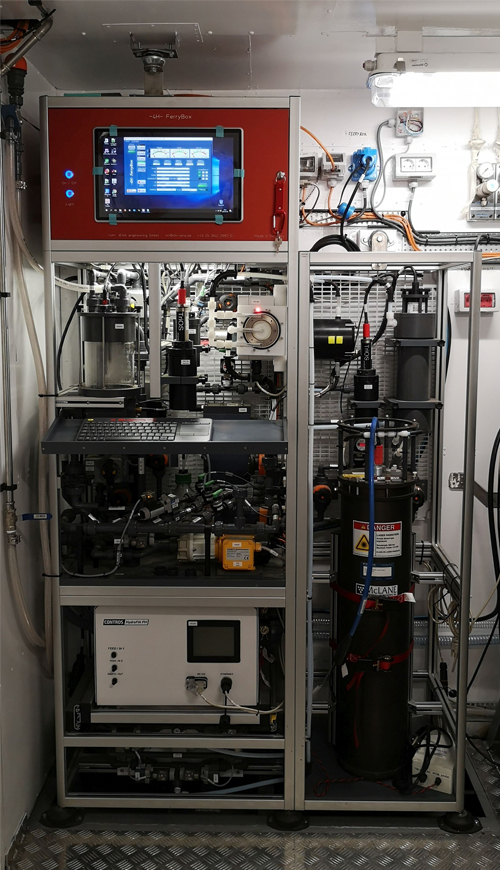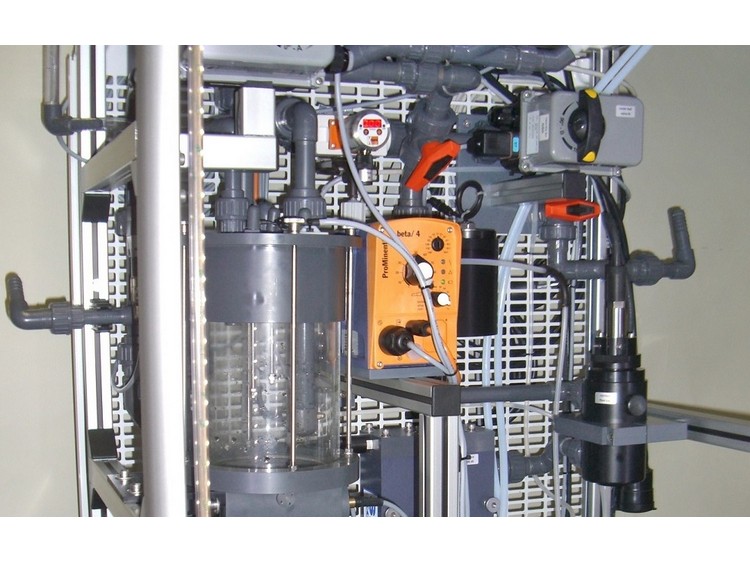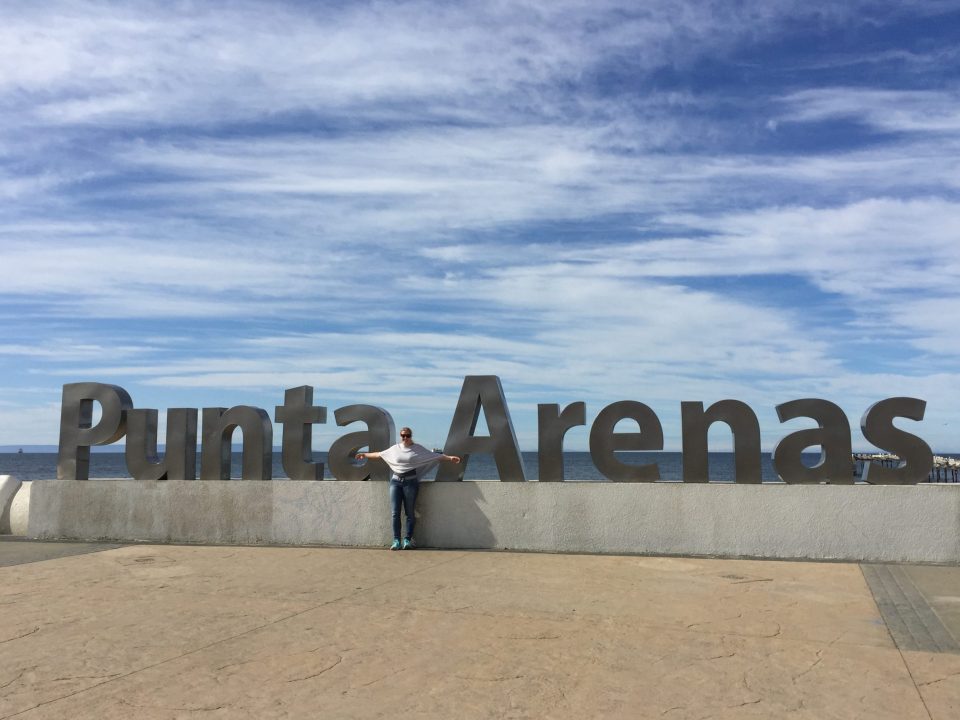The “Ferrybox” is a state-of-the-art equipment that will allow obtaining previously inaccessible records of various oceanographic variables from the extreme south of Chile, particularly from the Strait of Magellan to the Beagle Channel. The instrument will be installed on a ferry and is expected to start operating in mid-2021.
By Andrea Navarro, Centro IDEAL, Chile. At the company 4H-JENA in Germany, the manufacturing and assembly process of a complex oceanographic equipment, called a Ferrybox, began. This fridge-sized device will make it possible to obtain unpublished records of the environmental conditions of marine ecosystems in the Magallanes Region. The highly modular instrument will include the first automated prototype in the world that will collect toxins from the seawater: it will permanently evaluate the state of phycotoxin concentrations, persistence, temporal and spatial dynamics in fjords and channels.
The acquisition of the Ferrybox began to take shape after the oceanographers of the Center for Dynamic Research of Marine Ecosystems of High Latitude (IDEAL) of the Universidad Austral de Chile (UACh), Dr. Ricardo Giesecke, Dr. José Garcés-Vargas and Dr. Andrea Piñones, were awarded the financing of the Chilean Scientific and Technological Equipment Program (Fondequip-2019).
A multidisciplinary team of scientists will install the permanent measurement system on the ferry “Yaghan” belonging to Transbordadora Austral Broom, which operates the Punta Arenas – Puerto Williams route. Thanks to this, it will be possible to continuously monitor the physical, chemical and biological conditions of the surface waters from the Strait of Magellan to the Beagle Channel.
“Due to the pandemic, we have had a delay in the sensor purchase and acquisition processes. However, we expect that by mid-2021 we will be able to have the equipment operating in the Magallanes Region”, says Dr. Giesecke, also an academic at the Institute of Marine and Limnological Sciences (ICML) of the UACh.
Professionals from the Fisheries Development Institute (IFOP), the University of Magallanes (UMAG), the University of Biobío, the University of Concepción (UdeC), the Pontificia Universidad Católica de Valparaíso (PUCV), the Alfred Wegener Institute (AWI, Germany), the University of Oldenburg (UOL, Germany), the Helmholtz Zentrum Geesthacht (HZG, Germany), and the Old Dominion University (ODU, United States) also participate in the project.
Cutting edge technology
The oceanographic instrument will measure surface variables such as temperature, salinity, oxygen, pH, carbon dioxide (CO2) concentration, crude oil, turbidity, chlorophyll, nitrate, and dissolved oxygen. In cooperation with colleagues from ICBM (lead by Prof. Oliver Zielinski) in Oldenburg, Germany, a spectro-radiometer will be installed on the vessel to monitor the optical characteristics of the water. This will allow a more detailed characterization of the Southern Ocean and generate algorithms for the calibration of satellite-derived information.
The Ferrybox will have an automated water collector that will extract and store 24 x 1L seawater samples, which will later be analysed in the laboratory. All the information collected by the sensors will be sent via 4G network to a server and then made available on an online platform, from where people can view and download the data.
In addition, work is being done on the implementation of a field flow cytometer belonging to the UdeC, which can easily be connected via plug & play when needed, further increasing the capabilities of the Ferrybox.
In collaboration with Dr. Bernd Krock from AWI and engineers from the manufacturing company (lead by Dr. Maik Grunwald at 4H-JENA), we are currently working on the development of the first automated system for the collection of toxins from seawater (Solid Phase Adsorption Toxin Tracking SPATT). This will allow monitoring the spatial distribution and temporal evolution of various types of toxins along the waterway.





